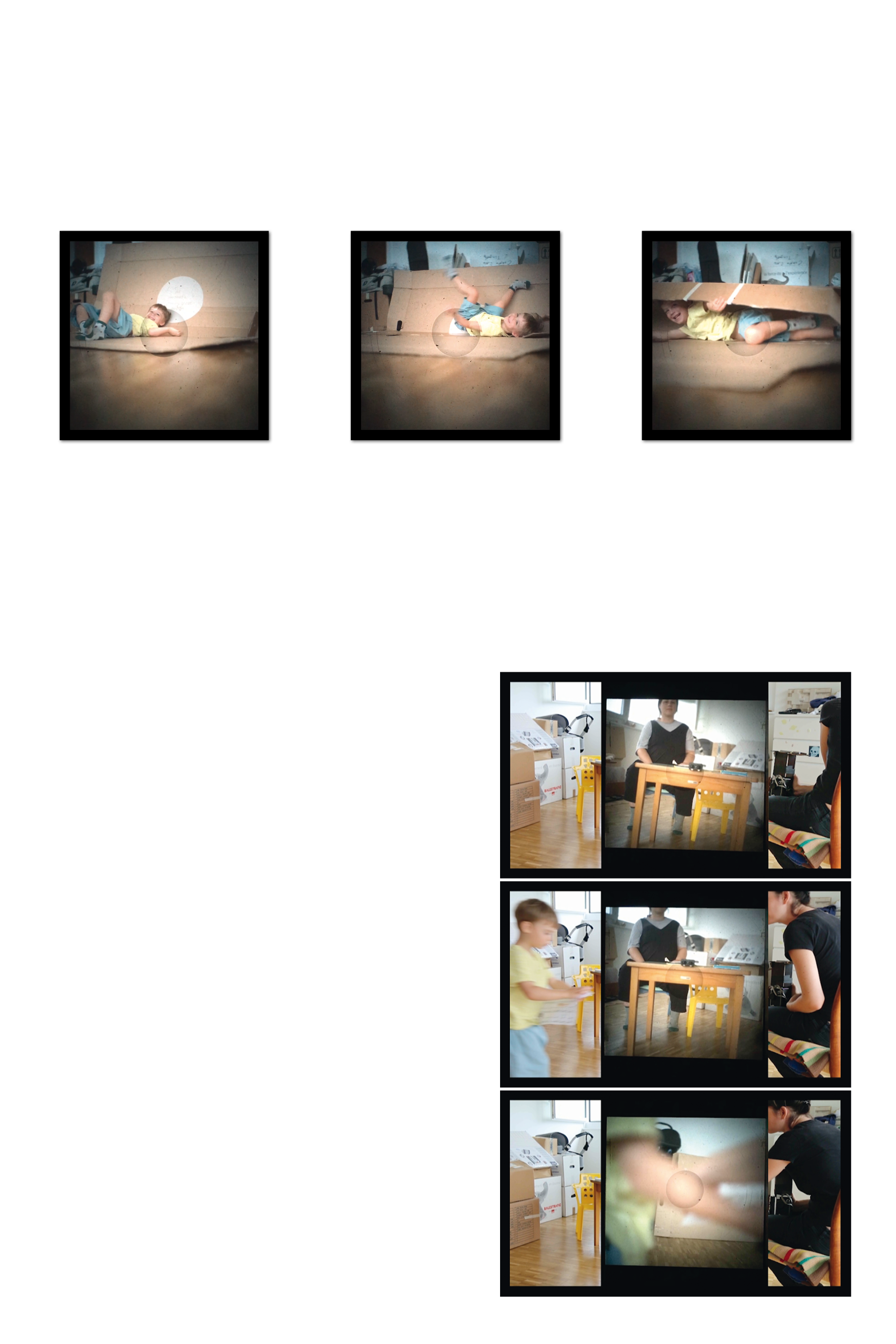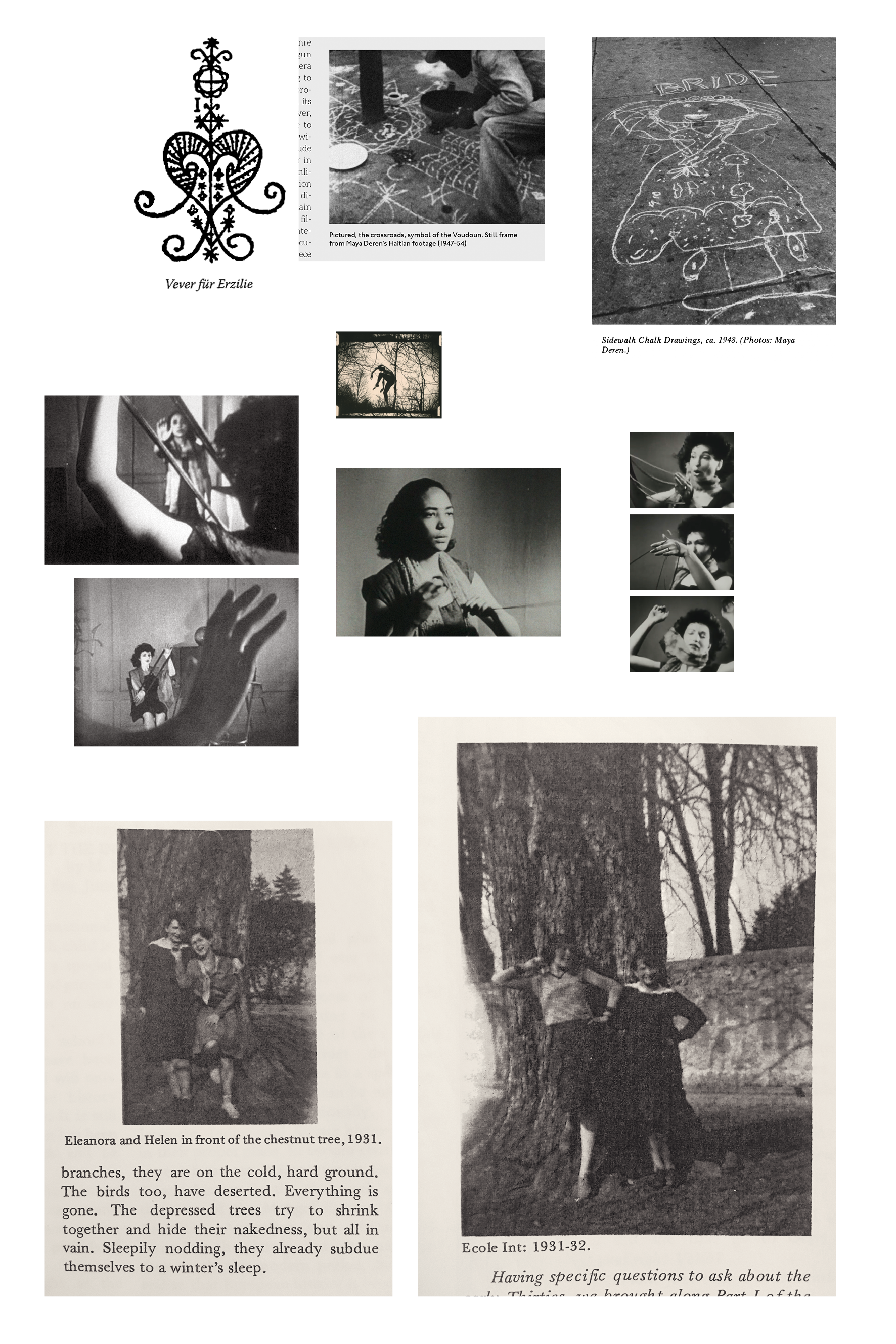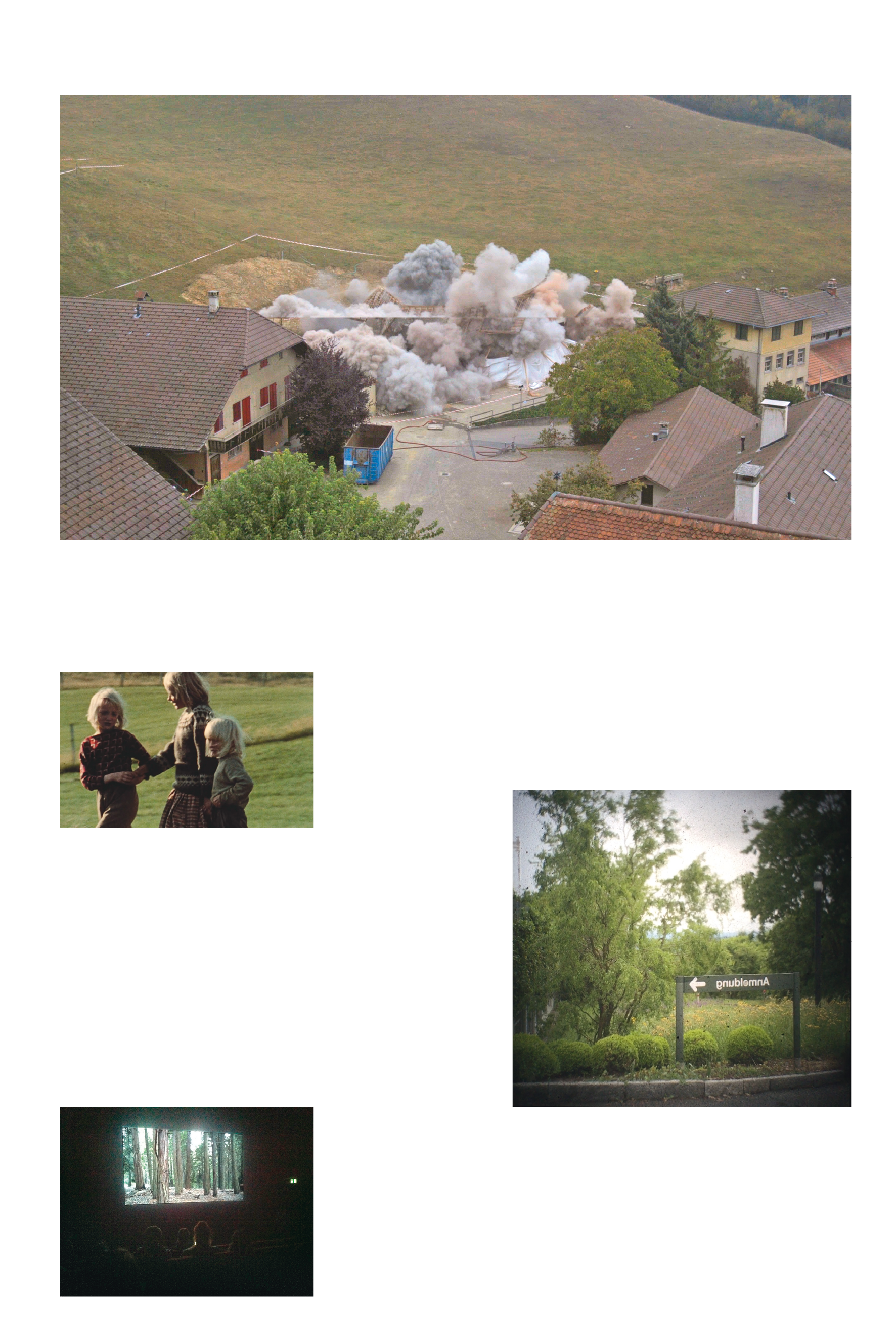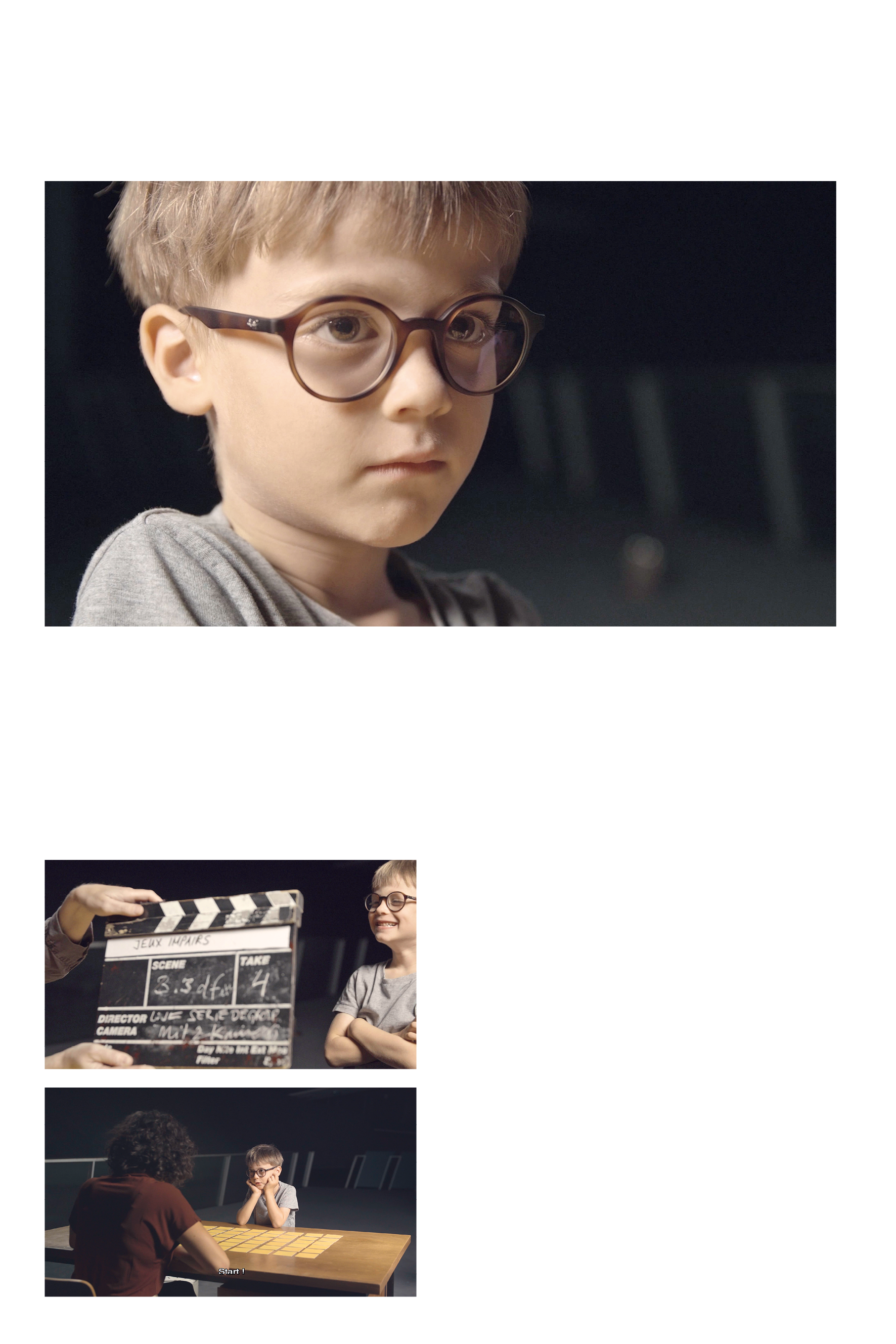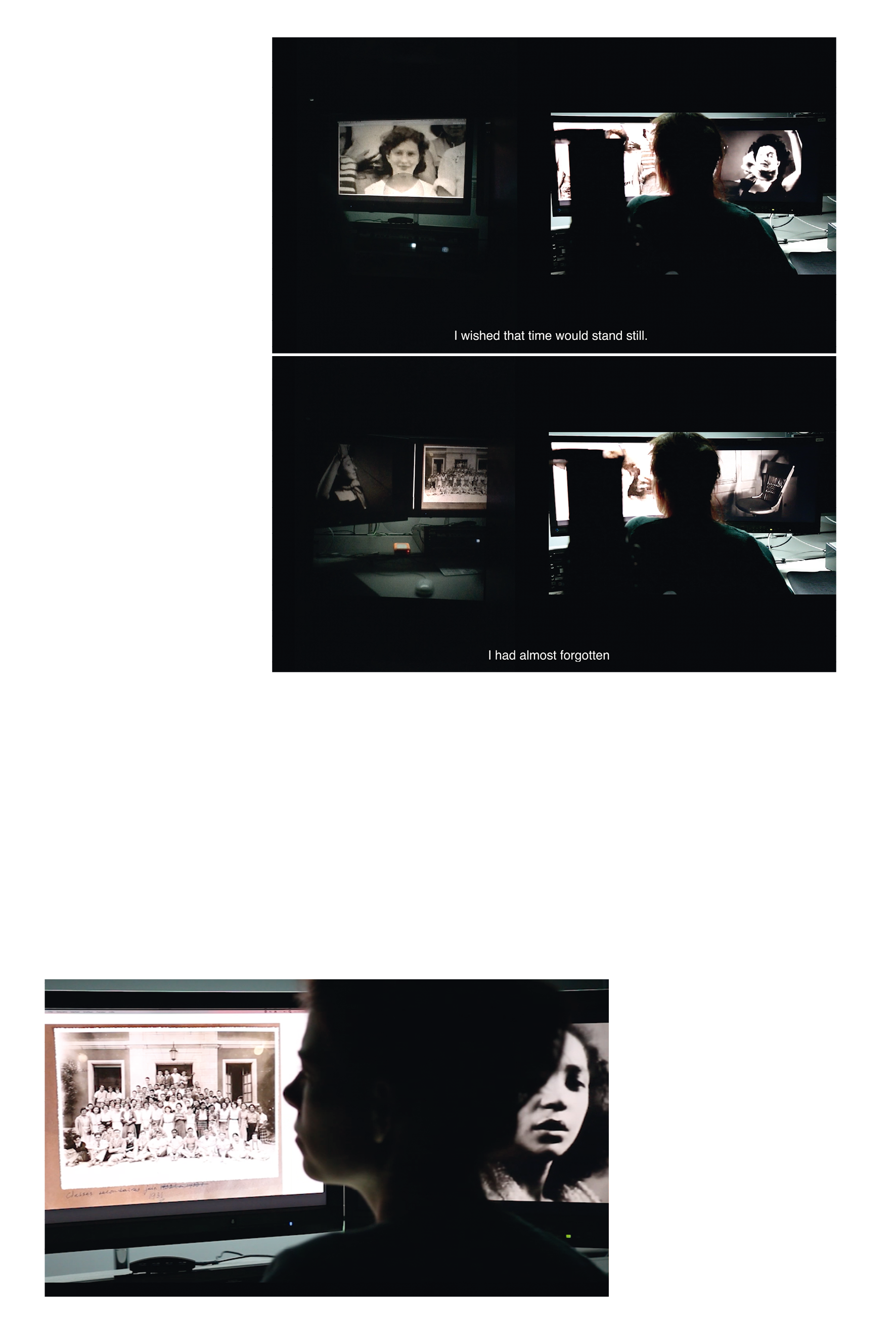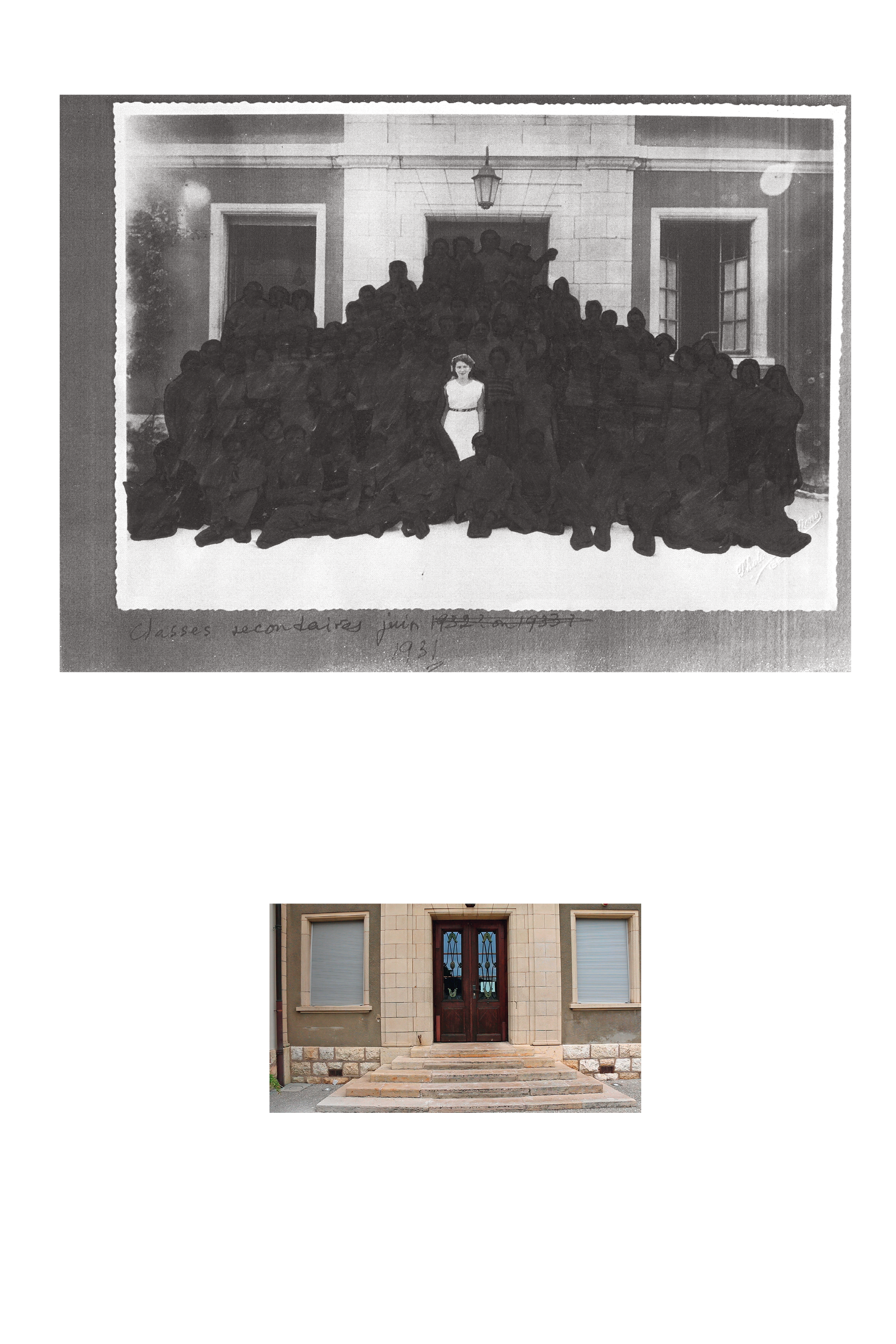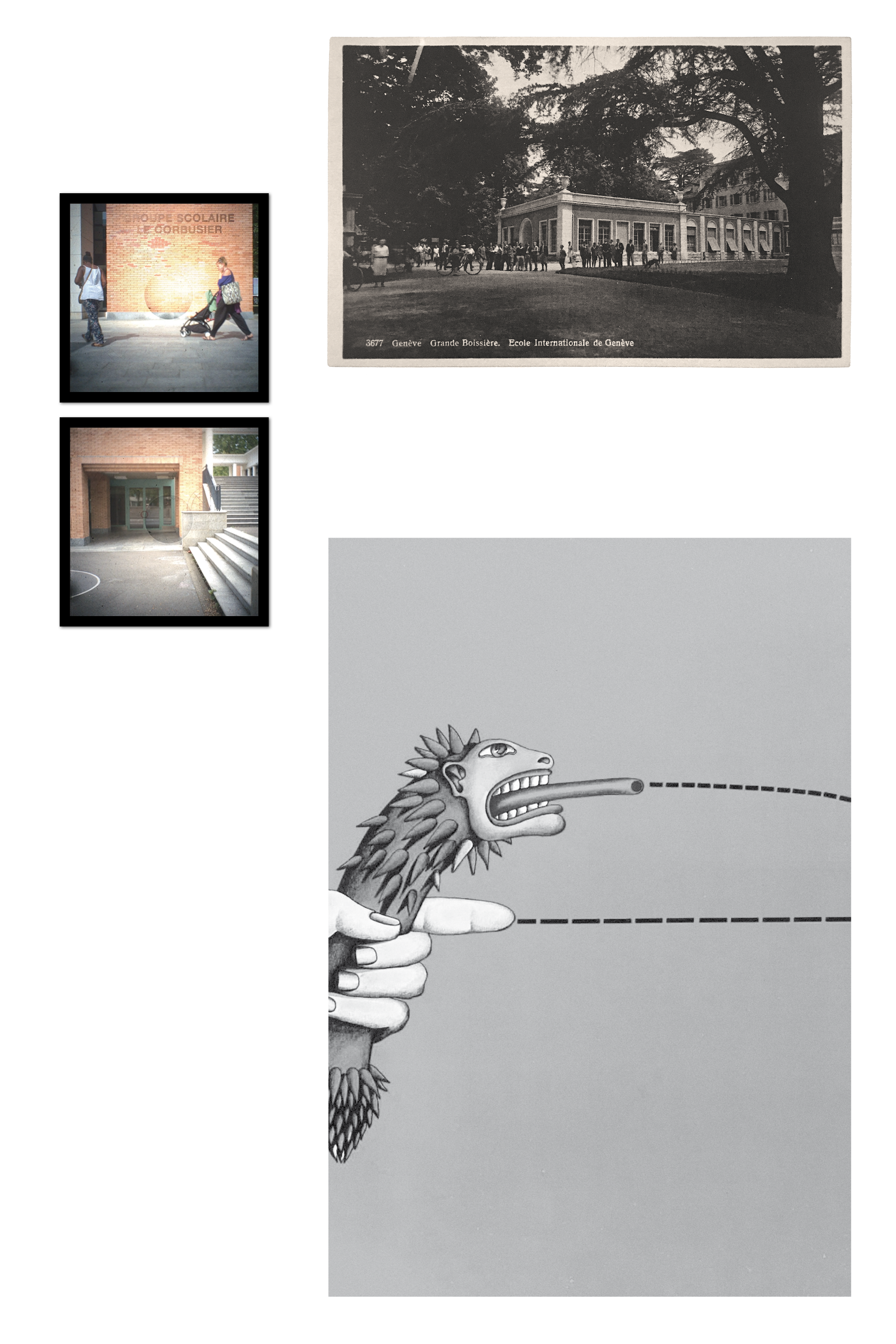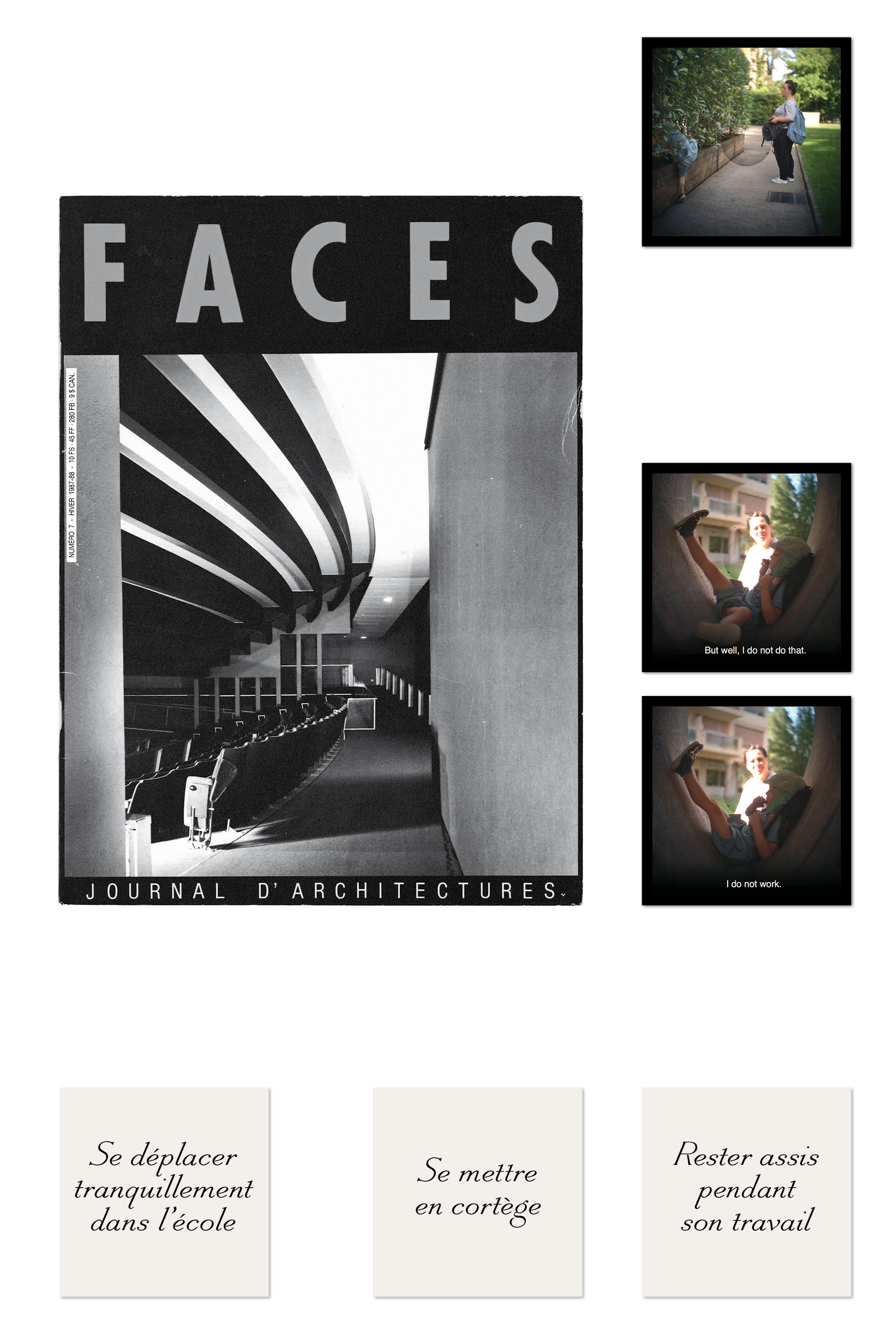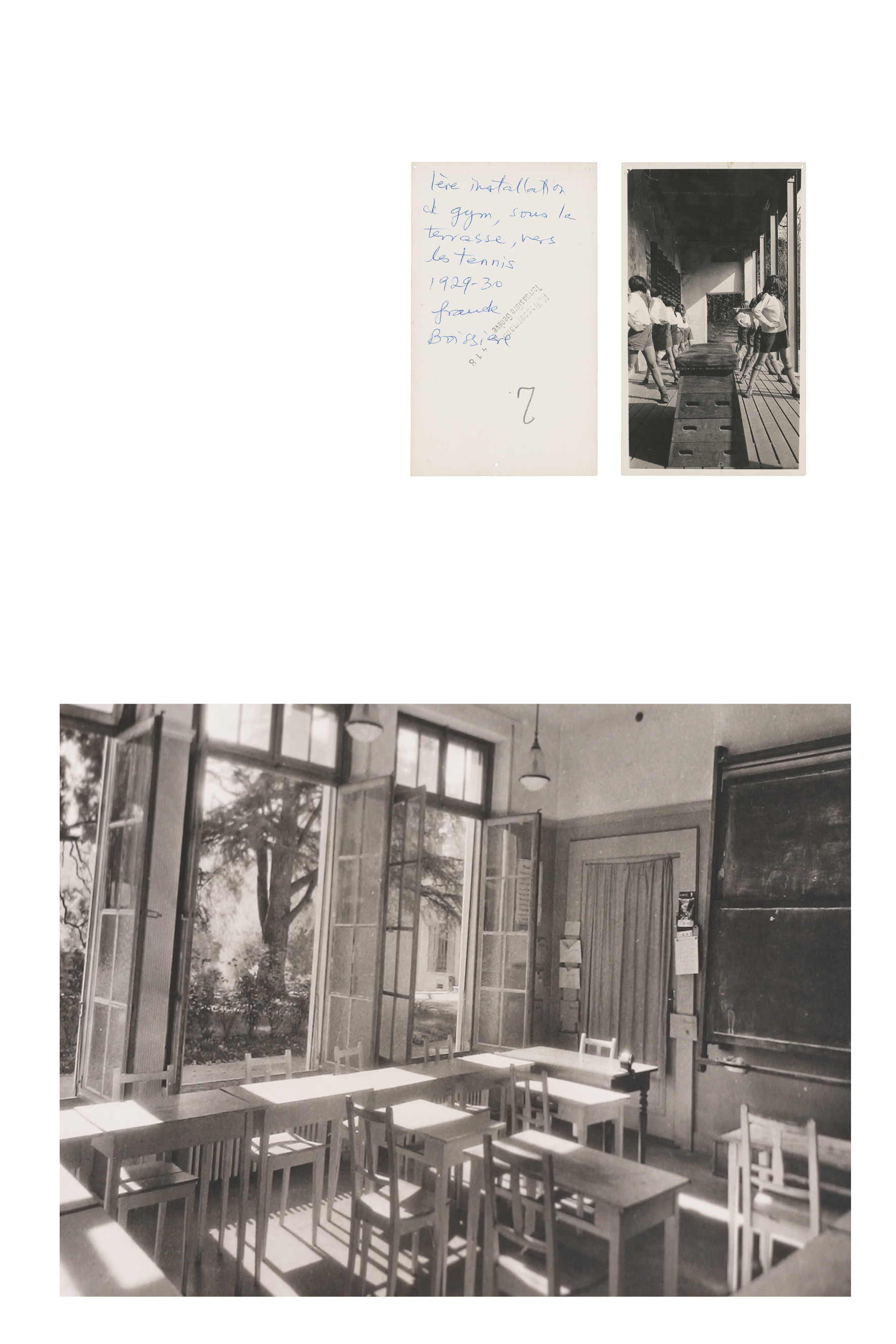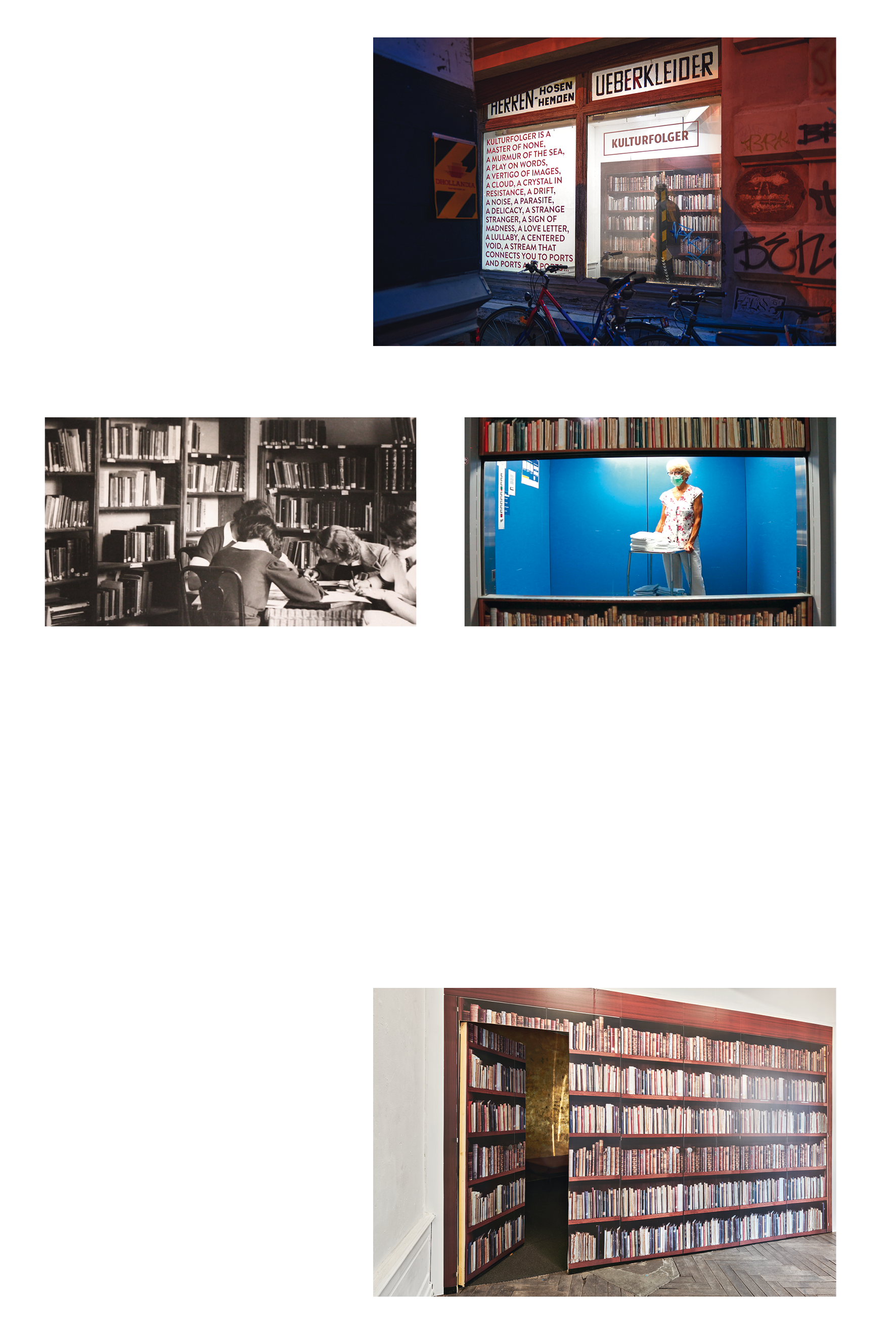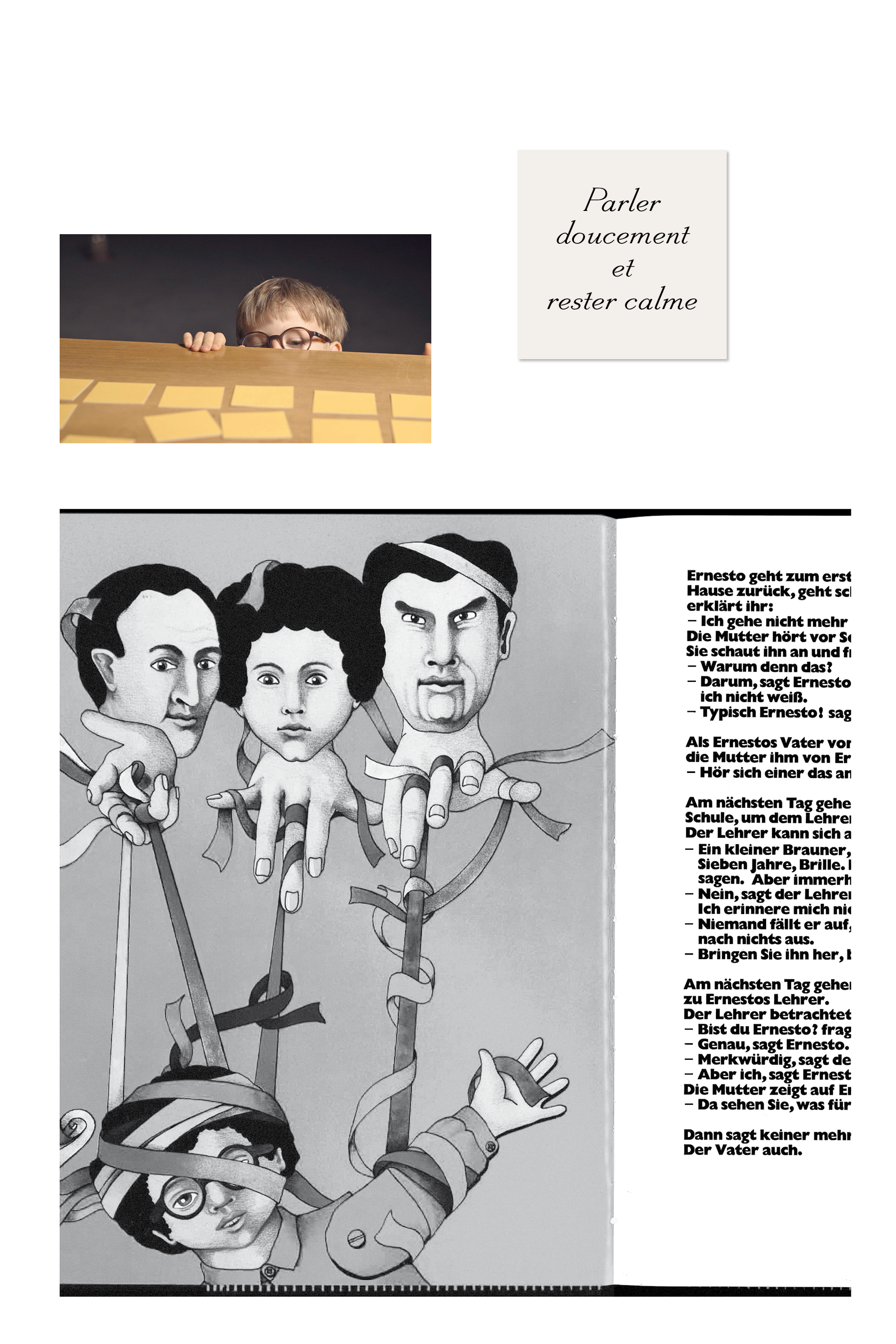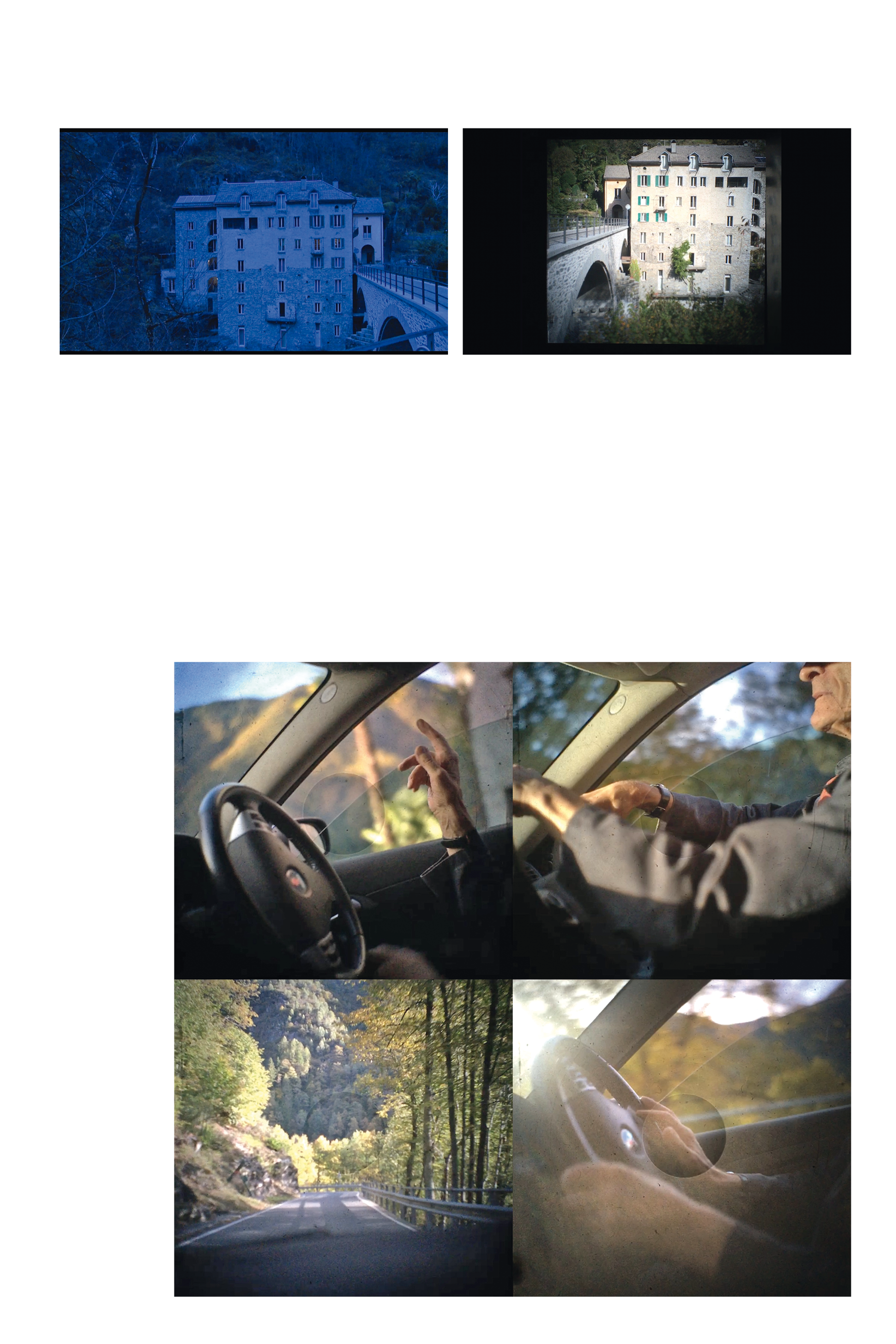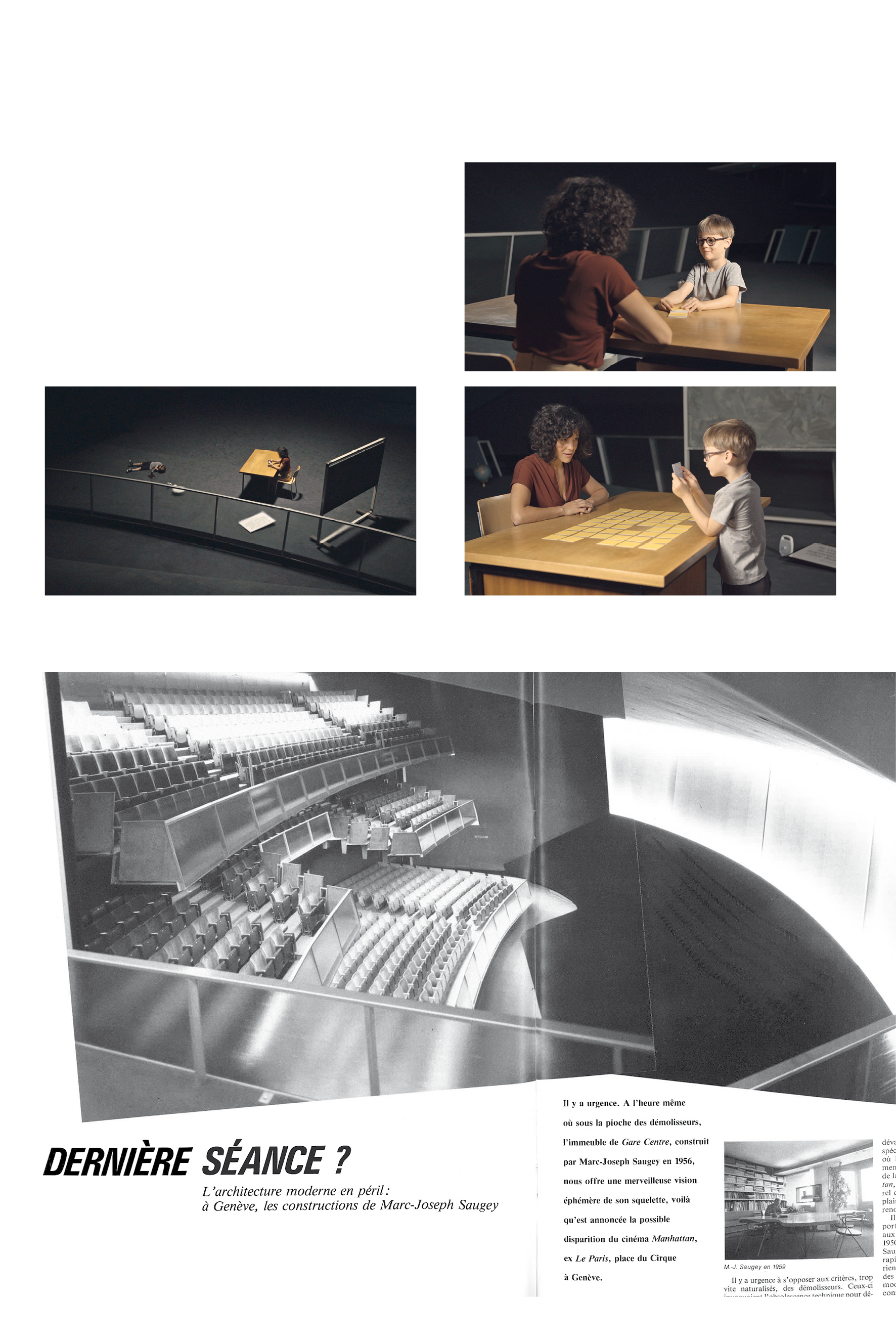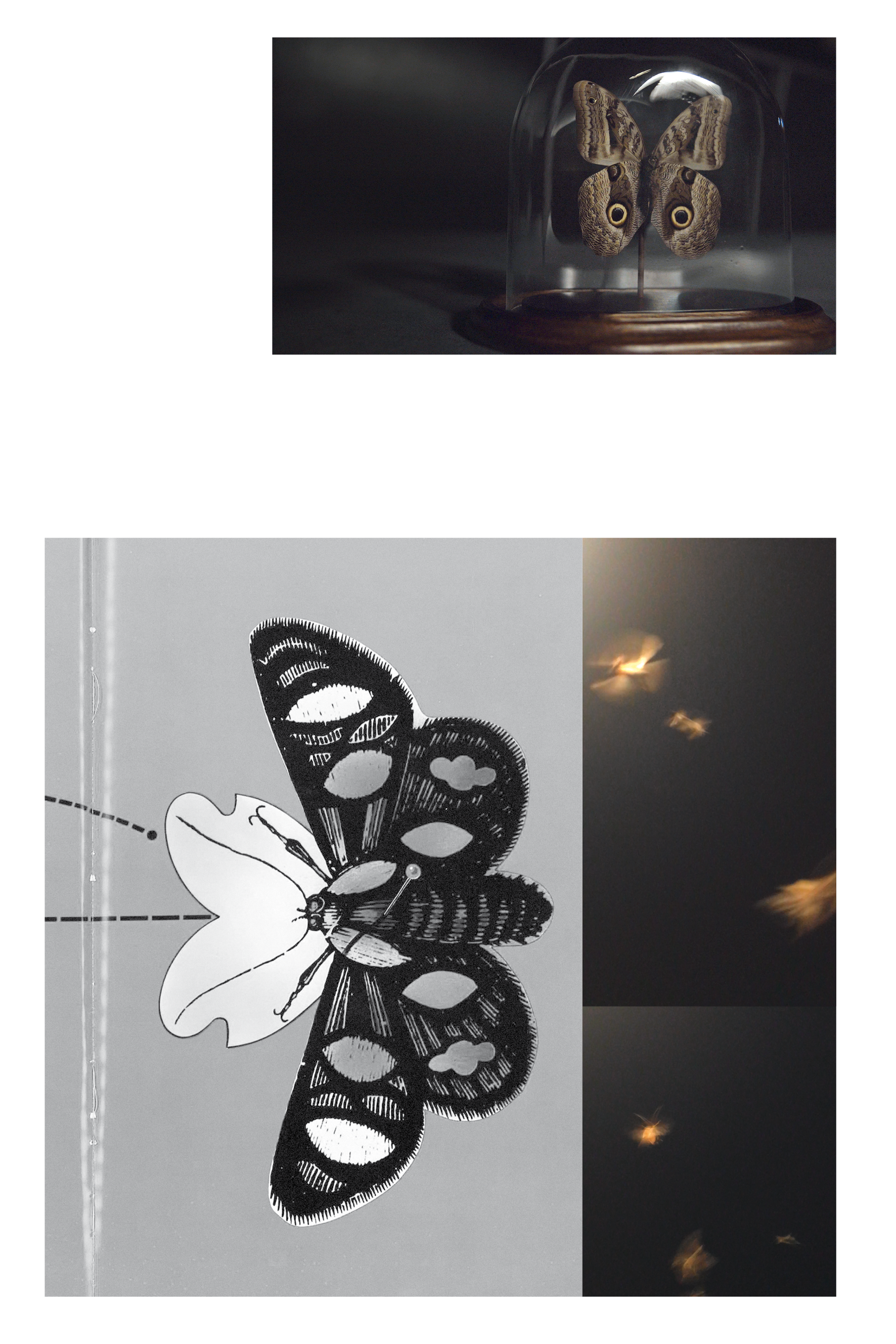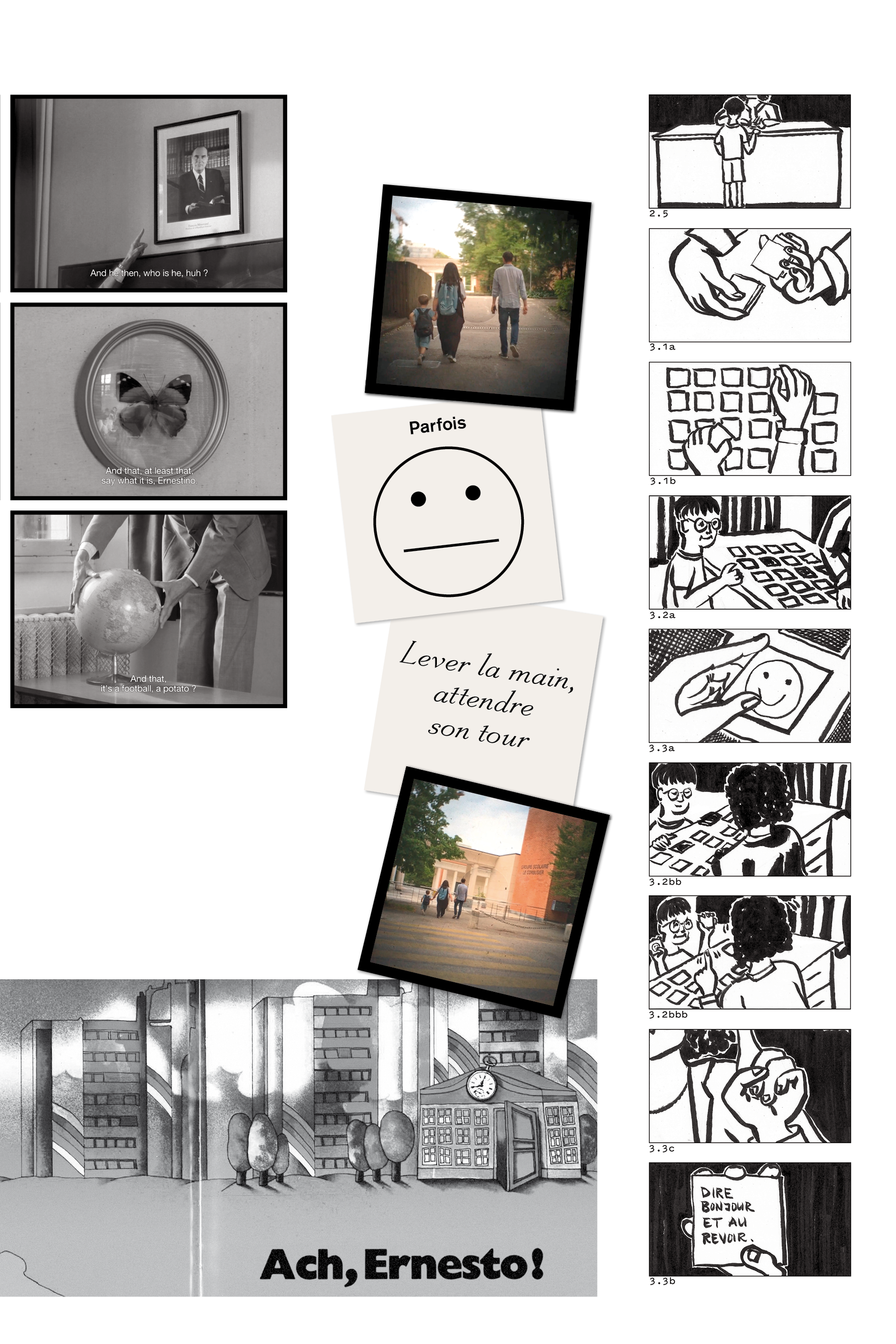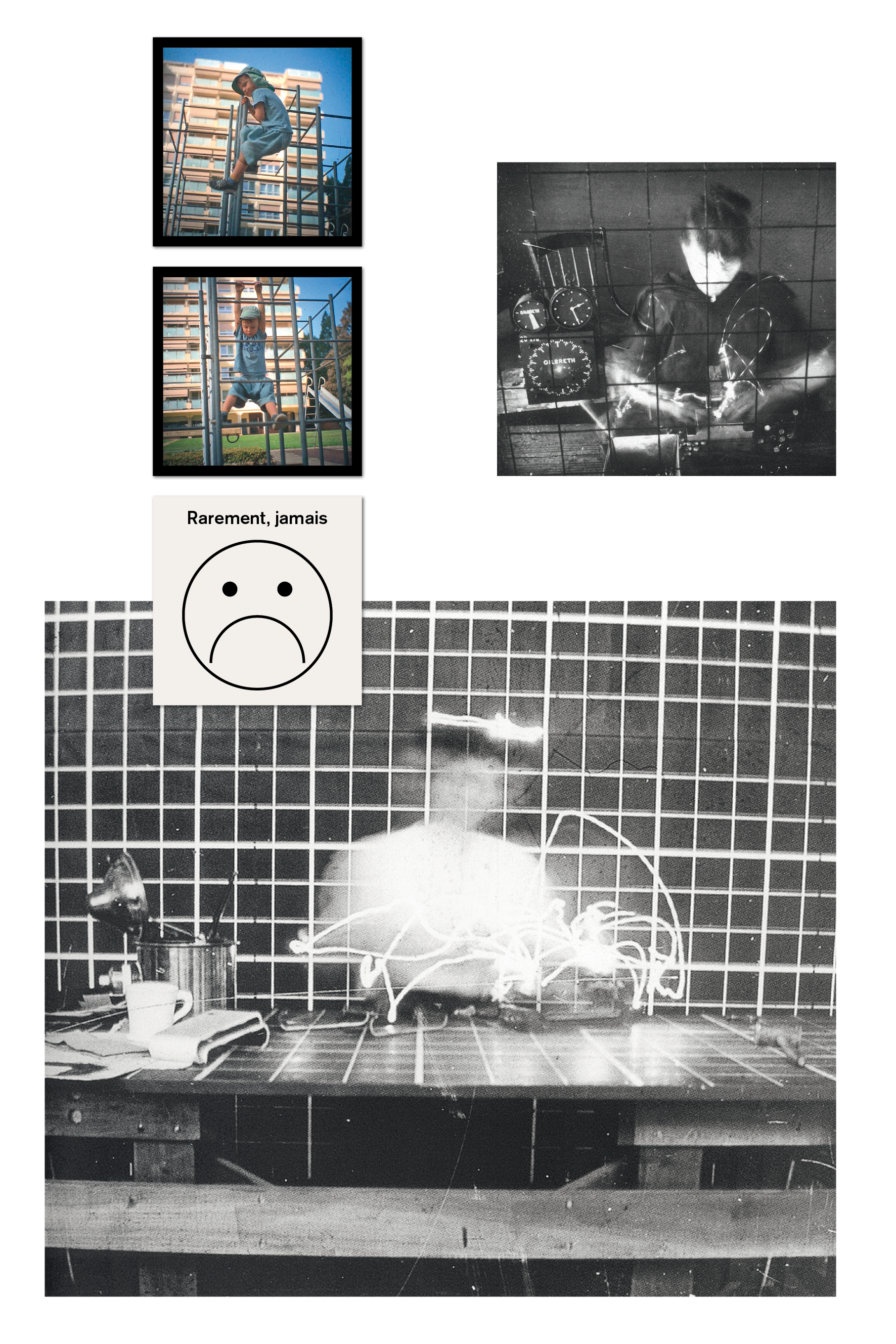One term developed in psychoanalysis goes some way towards describing contingent experiences which are transformed from seemingly meaningful coincidences into a subjective narrative: synchronicity, as Jung defined it, starts from a double event, an “inner, psychic event (such as a vivid, unsettling idea, a dream, a vision or emotion) and an external, physical event,”82 which corresponds with the inner experience as if embodying it. For Carl Gustav Jung, synchronicity was something which does not become meaningful through a causal explanation: the inner, spiritual phenomenon must take place chronologically before (or exactly simultaneously with) the external event.
“A young woman I was treating had, at a critical moment, a dream in which she was given a golden scarab. While she was telling me this dream, I sat with my back to the closed window. Suddenly I heard a noise behind me, like a gentle tapping. I turned round and saw a flying insect knocking against the window-pane from the outside. I opened the window and caught the creature in the air as it flew in. It was the nearest analogy to a golden scarab one finds in our latitudes, a scarabaeid beetle, the common rose-chafer (Cetonia aurata), which, contrary to its usual habits had evidently felt the urge to get into a dark room at this particular moment.”83
One event is not the consequence of the other: instead, the connection between the two is inconstant and contingent, or rather only emerges when a similarity is recognized. That is, the coincidence becomes an occasion (in the sense of an opportunity) to connect the original emotional experience, through its parallels, with the coincidental, external phenomenon, through the joint process of analysis and interpretation between psychoanalyst and analysand: because a connection is perceived, the external event (the beetle flying in through the window) first helps to recognize the previously described inner experience as important (the dream of the golden scarab). According to Jung’s report on this experience, the patient’s strong emotional reaction to the seemingly meaningful coincidence helped to create a positive therapeutic impulse – new momentum entered the treatment process, which had been stagnating because the patient’s approach was too intellectual.84 Although meaningful connections are described retrospectively when synchronicity is interpreted, Jung also sees the creatively transformative potential of such ‘numinous coincidences’ in their visceral effect on a person’s state. In the texts available to me, the descriptions of this effect remain vague.85 What interests me about this example is not its importance for psychoanalysis but the power of the synchronicity experience as an idea or motif [D is for Denkraum]. If something that comes up unexpectedly awakens the feeling that something is not right, that this is not just a coincidence, then our perceptions are heightened, we become open to strangeness, and our intuition creates a desire to follow the ‘sign’: the visceral effect of the coincidence has consequence for our actions and begins to transform all that we perceive.
